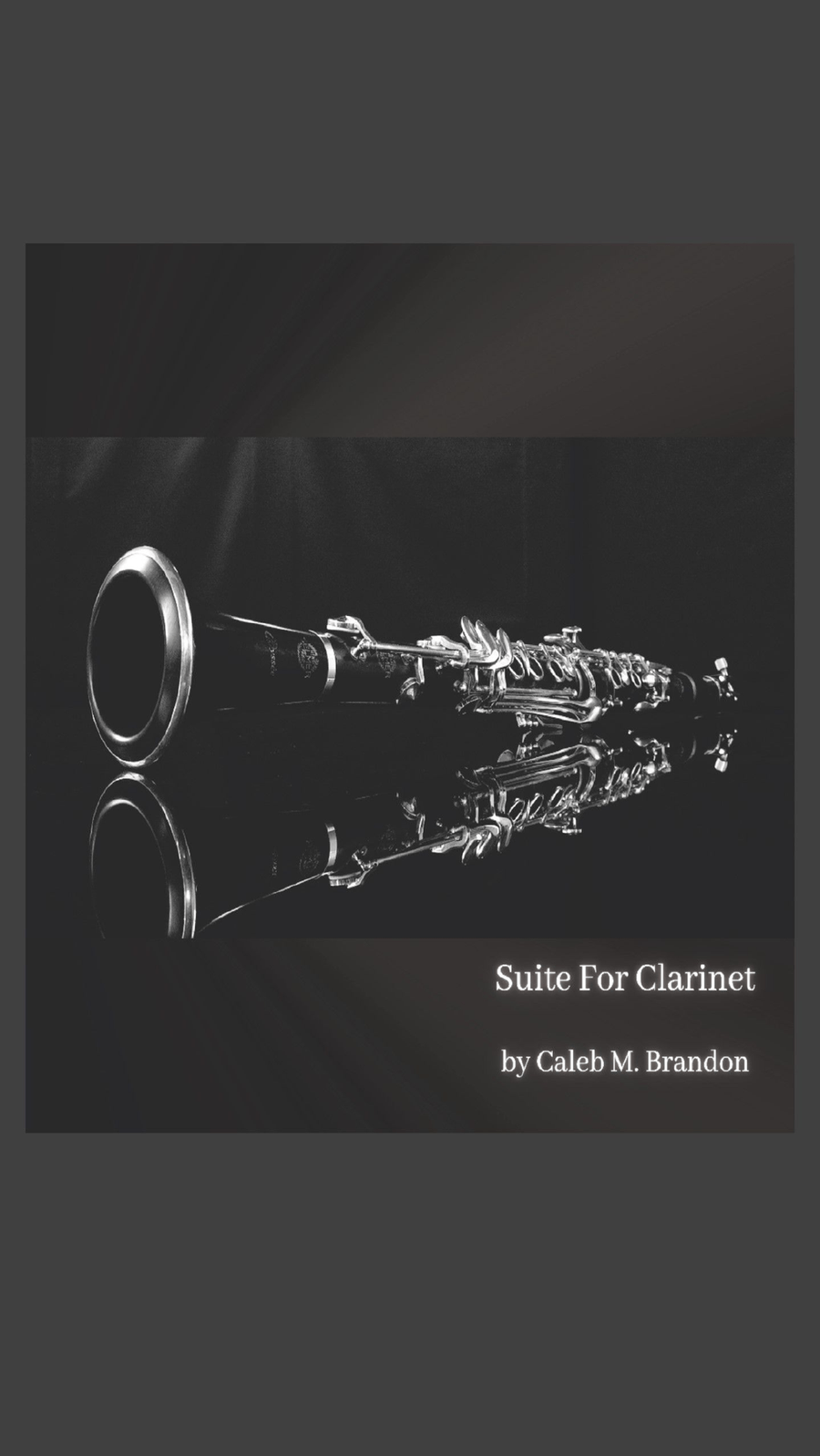B-Flat Clarinet,Piano - Level 4 - Digital Download SKU: A0.1225338 Composed by Caleb M. Brandon. 20th Century,Chamber,Classical,Instructional,Traditional. Score and part. 32 pages. C.M.Brandon #821427. Published by C.M.Brandon (A0.1225338). A three movement suite which highlights the versatility of the clarinet. In the Tradition â An enjoyable piece written in the âtextbookâ Sonata form. One will be able to find an Introduction, Primary Theme, Transition, Secondary theme, Closing Theme, Development, and the Recapitulation. The classical styling showcases the clarinetâs versatility, range, and colors. In the Tinnabular â This melancholy piece explores the minimalist style of composition invented by Arvo Pärt called tintinnabuli. The two voice types characterized in this method (âtintinnabularâ arpeggiating voice/the stepwise diatonic voice) are found in the piano while the clarinet adds a melody. Both of these voices expand, note by note, over time. In the Time of Rag â A lively and entertaining piece in the âragtimeâ style. Performers are encouraged to improvise, as was customary for these pieces. The drum set is not necessary but does add a great dimension to the music. From my research, I believe the style of drumming needed is â2nd line drummingâ. The high hat and snare notation is meant to simulate the beats using brushes, rather than sticks, on the snare while maintaining the march rhythms. Washboards, tambourines, and the like could be incorporated at the discretion of the percussionist. Dynamic levels of the drums should not overtake the clarinet and piano but enhance the overall performance.
